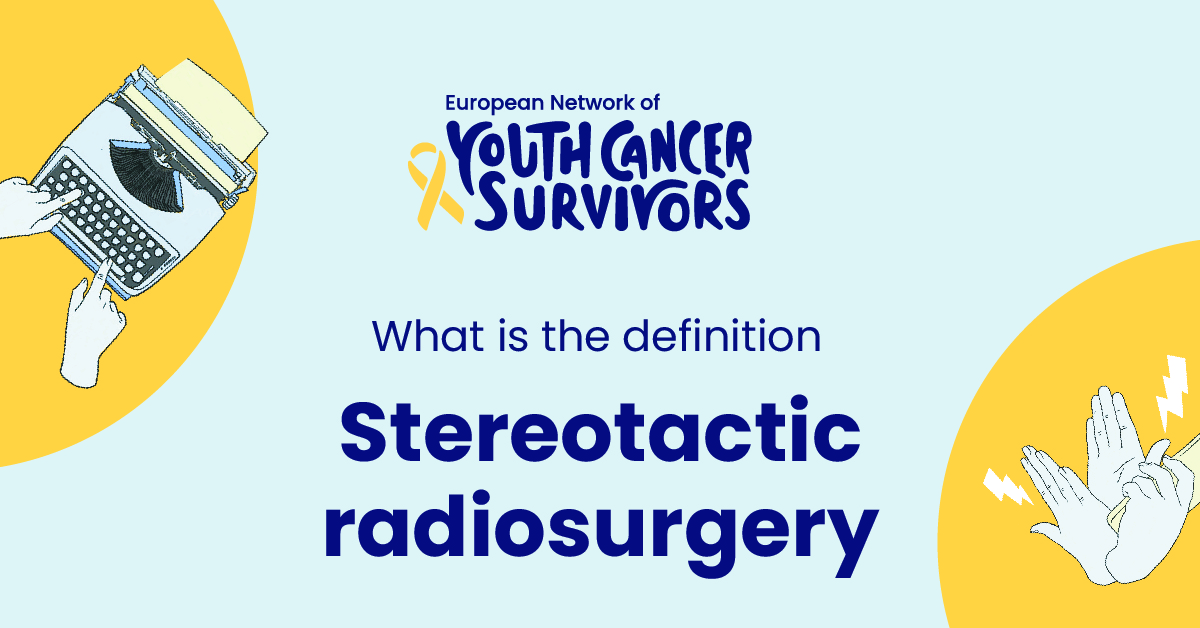
Introduction to Stereotactic Radiosurgery
The world of medicine and technology has experienced significant milestones in the 21st century, and one of them is Stereotactic Radiosurgery (SRS). In this complex yet intriguing medical procedure, doctors apply high-precision radiation to eradicate or shrink tumors without ever needing to make an incision.
Stereotactic radiosurgery, although the term may imply otherwise, is not a surgical procedure in the traditional sense. As a non-surgical radiation therapy, it was developed in the 1950s by Swedish neurosurgeon Lars Leksell. He sought to find a way to treat deep-seated lesions without damaging the surrounding healthy tissues.
Definition: What is Stereotactic Radiosurgery?
Stereotactic radiosurgery is an advanced form of radiation therapy. It delivers high doses of radiation to an exacting target within the body. The therapy involves the use of specialized equipment to position a patient and direct the radiation precisely.
The SRS procedure involves a multidisciplinary team of medical professionals using 3D imaging to target high doses of radiation to the affected area within the body. The technology ensures minimal irradiation to the surrounding tissues, thereby preventing unwanted damage.
How Stereotactic Radiosurgery Works
The first crucial step in SRS is planning. Doctors combine Magnetic Resonance Imaging (MRI) and Computed Tomography (CT) scans to create a three-dimensional representation of the tumor. At this stage, the team determines the exact location, shape, and size of the tumor.
The treatment procedure involves positioning the patient in a specially designed head frame or body mold for stability. High-energy radiation beams are then applied directly to the target area. The process is painless and usually completed in a single session.
After the procedure, patients typically undergo scheduled follow-up imaging to track the treatment’s outcome and any potential late effects. Radiologists then can check the size of the tumor and ensure that it’s decreasing as expected.
Conditions Treated with Stereotactic Radiosurgery
SRS has been successful in treating numerous types of benign (non-cancerous) and malignant (cancerous) tumors, arteriovenous malformations (abnormal connections between arteries and veins), and functional disorders. Some common conditions treated include brain tumors, spinal tumors, lung cancer, liver cancer, and acoustic neuromas.
Most patients that undergo SRS experience positive outcomes with many reporting complete eradication of their tumors, while others report significant shrinkage. Success rates vary depending on the location, size, and type of the treated condition.
Benefits of Stereotactic Radiosurgery
Stereotactic radiosurgery stands out due to its unmatched precision, which ensures radiation is directed accurately to the intended targets. This level of precision minimizes damage to the surrounding healthy tissue.
Moreover, SRS is a noninvasive therapy, and the lack of incisions reduces the risk of infections and shortens the recovery time. Additionally, the procedure reduces the risk of complications often associated with traditional surgery, such as bleeding.
Risks and Side Effects of Stereotactic Radiosurgery
While SRS is a major medical breakthrough, it is not without risks. Some patients might experience side effects, including fatigue, temporary swelling, or neurological symptoms such as headaches or nausea. However, these effects are normally temporary.
A small proportion of patients may experience severe side effects such as the risk of radiation-induced malignancies, although such cases are exceedingly rare.
Doctors employ various risk minimization strategies, such as using multiple radiation beams from multiple directions, using lower dose rates, and dividing the total dose into several smaller doses.
Future of Stereotactic Radiosurgery
Stereotactic radiosurgery is well-positioned for significant advancements. In the field’s future, we can expect improvements in imaging technology, increased precision in radiation delivery, wider application scope and more personalized treatments.
Another emerging trend is the use of SRS for conditions that were previously treated with invasive surgery. Such developments promise to broaden and enhance the effectiveness of this lifesaving technology.
Get to know us better
If you are reading this, you are in the right place – we do not care who you are and what you do, press the button and follow discussions live

Conclusion: Impact of Stereotactic Radiosurgery on Healthcare
In the wave of modern treatment approaches, stereotactic radiosurgery is crucial. It provides a new avenue for patient care, particularly for those who might not be ideal candidates for traditional surgery.
With the advancements and potential for the future, SRS promises to be an even more critical part of the healthcare system. It stands as an effective, reliable, and safer alternative to traditional invasive surgeries.
FAQs
1. What makes Stereotactic Radiosurgery different from regular surgery?
Unlike regular surgery that requires an incision, SRS is a noninvasive procedure that uses radiation to treat conditions. It offers precision targeting, reducing damage to surrounding healthy tissues.
2. Is Stereotactic Radiosurgery a risky procedure?
Like any medical procedure, SRS carries some risk. However, it is considered less risky than traditional invasive surgery due to its precision and non-invasive nature.
3. How successful is Stereotactic Radiosurgery in treating various conditions?
Success rates vary, but many patients report successful treatment of their conditions with SRS. Factors such as location, size, and type of the condition can affect the outcome.
4. Who are the ideal candidates for Stereotactic Radiosurgery?
Patients diagnosed with specific malignant and benign tumors, arteriovenous malformations, and certain functional disorders could be potential candidates for SRS. Doctors evaluate each case individually.
5. What can be expected during recovery from Stereotactic Radiosurgery?
Patients typically return to their normal routine within a day or two after the procedure. Side effects, if any, are usually temporary and may include fatigue and mild nausea.

















Comments
Thank you. Comment sent for approval.
Something is wrong, try again later